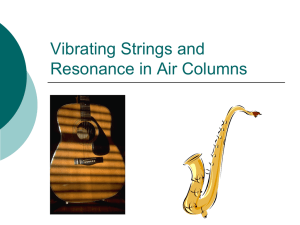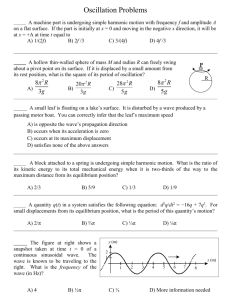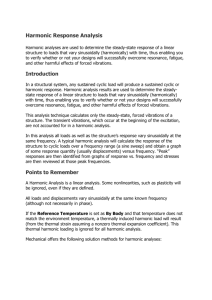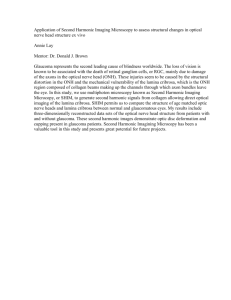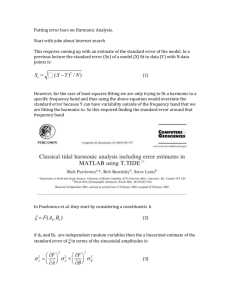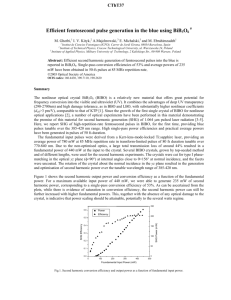Activity 3
advertisement
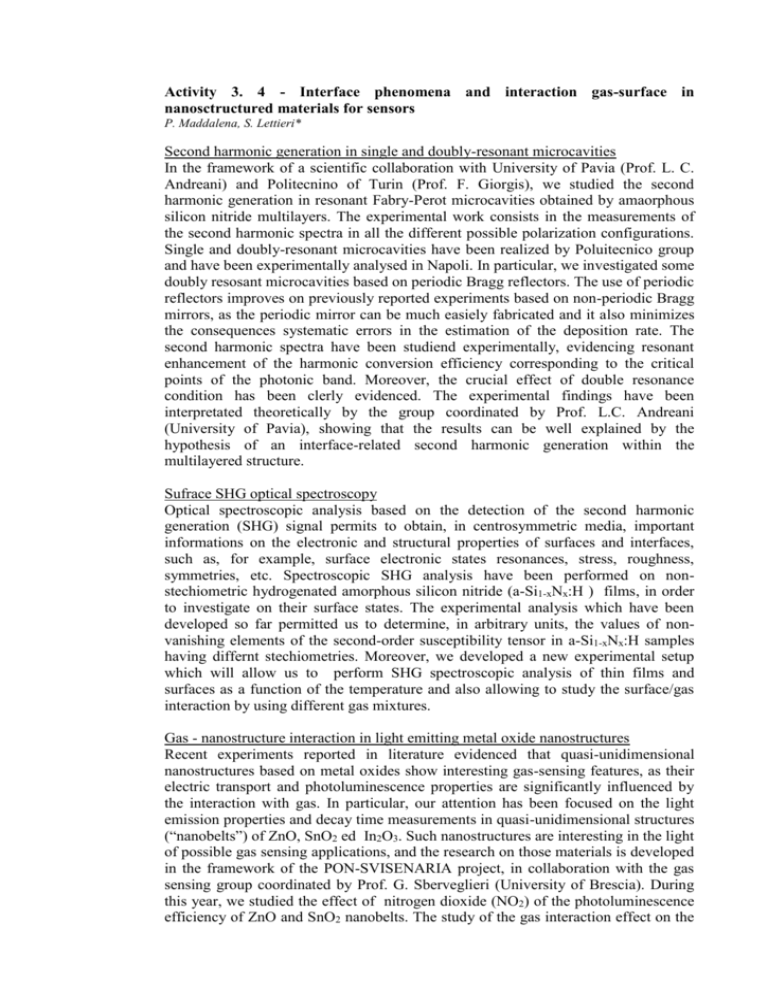
Activity 3. 4 - Interface phenomena and interaction gas-surface in nanosctructured materials for sensors P. Maddalena, S. Lettieri* Second harmonic generation in single and doubly-resonant microcavities In the framework of a scientific collaboration with University of Pavia (Prof. L. C. Andreani) and Politecnino of Turin (Prof. F. Giorgis), we studied the second harmonic generation in resonant Fabry-Perot microcavities obtained by amaorphous silicon nitride multilayers. The experimental work consists in the measurements of the second harmonic spectra in all the different possible polarization configurations. Single and doubly-resonant microcavities have been realized by Poluitecnico group and have been experimentally analysed in Napoli. In particular, we investigated some doubly resosant microcavities based on periodic Bragg reflectors. The use of periodic reflectors improves on previously reported experiments based on non-periodic Bragg mirrors, as the periodic mirror can be much easiely fabricated and it also minimizes the consequences systematic errors in the estimation of the deposition rate. The second harmonic spectra have been studiend experimentally, evidencing resonant enhancement of the harmonic conversion efficiency corresponding to the critical points of the photonic band. Moreover, the crucial effect of double resonance condition has been clerly evidenced. The experimental findings have been interpretated theoretically by the group coordinated by Prof. L.C. Andreani (University of Pavia), showing that the results can be well explained by the hypothesis of an interface-related second harmonic generation within the multilayered structure. Sufrace SHG optical spectroscopy Optical spectroscopic analysis based on the detection of the second harmonic generation (SHG) signal permits to obtain, in centrosymmetric media, important informations on the electronic and structural properties of surfaces and interfaces, such as, for example, surface electronic states resonances, stress, roughness, symmetries, etc. Spectroscopic SHG analysis have been performed on nonstechiometric hydrogenated amorphous silicon nitride (a-Si1-xNx:H ) films, in order to investigate on their surface states. The experimental analysis which have been developed so far permitted us to determine, in arbitrary units, the values of nonvanishing elements of the second-order susceptibility tensor in a-Si1-xNx:H samples having differnt stechiometries. Moreover, we developed a new experimental setup which will allow us to perform SHG spectroscopic analysis of thin films and surfaces as a function of the temperature and also allowing to study the surface/gas interaction by using different gas mixtures. Gas - nanostructure interaction in light emitting metal oxide nanostructures Recent experiments reported in literature evidenced that quasi-unidimensional nanostructures based on metal oxides show interesting gas-sensing features, as their electric transport and photoluminescence properties are significantly influenced by the interaction with gas. In particular, our attention has been focused on the light emission properties and decay time measurements in quasi-unidimensional structures (“nanobelts”) of ZnO, SnO2 ed In2O3. Such nanostructures are interesting in the light of possible gas sensing applications, and the research on those materials is developed in the framework of the PON-SVISENARIA project, in collaboration with the gas sensing group coordinated by Prof. G. Sberveglieri (University of Brescia). During this year, we studied the effect of nitrogen dioxide (NO2) of the photoluminescence efficiency of ZnO and SnO2 nanobelts. The study of the gas interaction effect on the non-radiative recombionation probabilities in such materials has also been performed by means of time-resolved photoluminescence technique, which allows the direct measurement of the electronic decay times in absence and/or in presence of the gas quencher. The study of the effect of NO2 on In2O3 nanowires is also in progress. Program for 2005 Second Harmonic Generation in single and doubly resonant microcavities During the 2005, we will continue the investigations on non-linear optical effects in doubly resonant microcavities by studying third harmonic generation. In particular, we will investigate on the possibility cavità-enhanced cascading effects, in which the third harmonic beam is optained by sum frequency generation of dundamental and second harmonic beam within the microcavity. Surface spectroscopy by SHG analysis We will continue the study of surface electronic spectra of silicon nitrides. At the same time, in the framework of the Coherentia activities concerning the study and the characterization of metal oxides (Prof. L. Marrucci and U. Scotti di Uccio) we will perform spectral SHG analysis on Strontium Titanate oxides in order to investigate on the possibility of evidencing the different possible surface termination of this material. Gas-nanostructure interaction in nanostructured light-emitting metal oxides In the framework of a collaboration with the University of Brescia, we will pursue a complete characterization of the response of different nanostructured metal oxides (ZnO, SnO2 and In2O3) to NO2 in order to investigate on the possible applications of these materials in gas sensing. In particolar, the basics mechanisms of gas-nanostructure interactions will be investigated by means of electronic lifetimes measurements using the time-resolved photoluminescence techinques.
